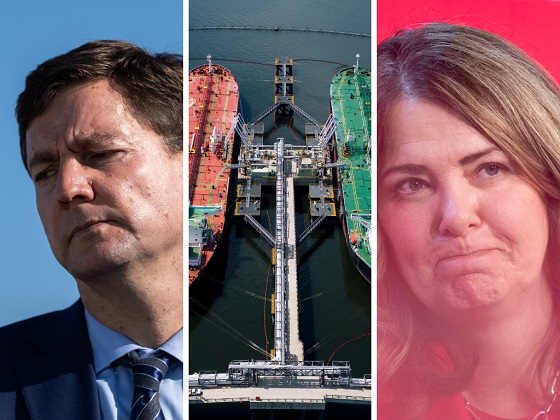Uncategorized
Putin blames Ukraine for standoff, boosts defences in Crimea

KIEV, Ukraine — Russian President Vladimir Putin on Wednesday blamed the latest standoff with
Ukraine, for its part, released what it said was the exact location where its ships were fired on Sunday by Russia, showing that they were in international waters approaching Kerch Strait from the west, not from the east, as Putin suggested.
Russia and Ukraine are still reeling from their first overt military confrontation since the 1991 collapse of the Soviet Union, a clash Sunday in the Kerch Strait near Russia-occupied Crimea. Russian border guards fired on three Ukrainian ships, seizing them and their 24 crewmembers. Ukraine insists its vessels were operating in line with international maritime rules, while Russia says they had failed to get permission to pass through a Russia-controlled area.
The strait links the Black Sea with the Sea of Azov and is where Russia has built a long new bridge — the only land link between Crimea and the Russian mainland.
The incident has drawn strong criticism of Russia by the United States and its allies and has fueled fears of wider fighting in the region. It’s part of the long-simmering conflict between the two countries, in which Russia annexed Ukraine’s Crimean Peninsula in 2014 and supported separatists in Ukraine’s east with clandestine dispatches of troops and weapons. That fighting has killed at least 10,000 people since 2014 but eased somewhat with a 2015 truce.
Putin on Wednesday broke his silence on the maritime clash, blaming it on Ukrainian President Petro Poroshenko’s desire to get re-elected.
“That was a provocation which was certainly organized by the sitting officials, including the president,” ahead of Ukraine’s presidential election in March, Putin said.
Poroshenko’s original proposal — to impose martial law in Ukraine for two months after the clash with Russia — would have meant the March president vote would have to be scrapped due to election rules. He later halved the martial law time frame to a month, which would allow the election to go ahead as planned.
The Kremlin has warned that Ukraine’s declaration of martial law in areas that border Russia could re-ignite the fighting in eastern Ukraine.
Putin also claimed the Ukrainian vessels refused to communicate with Russian border guards and were in violation of the Russian territorial waters off the country’s south, which, unlike the Crimean coast, is Russia’s internationally recognized border. This runs counter to the claims of the Ukrainian government, which said the ships were approaching from another direction and were firmly in international waters.
Kurt Volker, the U.S. special envoy to Ukraine, told reporters in Berlin that Washington sees no reason to doubt the information from
Putin insisted that the Russian border guards were acting in line with the usual protocol when they decided to fire on the Ukrainian ships.
“What were they supposed to do?” he said of the Russian border guards in televised remarks Wednesday. “If they had done something differently, they should have been put on trial for that.”
U.S. authorities, however, believe that there was “no conceivable justification … for the use of force in this scenario.”
Earlier Wednesday, the Russian military announced it would be boosting the
In Ukraine, Poroshenko on Wednesday toured a military training
In Crimea, nine of the captured Ukrainian seamen were expected to face court hearings in the regional capital of Simferopol later Wednesday. On Tuesday, the court ordered 15 of their compatriots to stay behind bars for the next two months.
Russia is treating the seamen as individuals who violated the Russian border, an
Earlier this week, Russian state television broadcast separate interviews with three of the seamen, who said the Russian coast guard repeatedly warned them that they were violating Russia’s territorial waters and urged them to leave. It was not clear if the men were talking under duress, but one was clearly reading from a script.
Ukraine has called that broadcast “a crime” committed by Russia.
__
Vasilyeva reported from Moscow. David Rising in Berlin contributed to this report.
Nataliya Vasilyeva And Yuras Karmanau, The Associated Press
Uncategorized
CNN’s Shock Climate Polling Data Reinforces Trump’s Energy Agenda


From the Daily Caller News Foundation
As the Trump administration and Republican-controlled Congress move aggressively to roll back the climate alarm-driven energy policies of the Biden presidency, proponents of climate change theory have ramped up their scare tactics in hopes of shifting public opinion in their favor.
But CNN’s energetic polling analyst, the irrepressible Harry Enten, says those tactics aren’t working. Indeed, Enten points out the climate alarm messaging which has permeated every nook and cranny of American society for at least 25 years now has failed to move the public opinion needle even a smidgen since 2000.
Appearing on the cable channel’s “CNN News Central” program with host John Berman Thursday, Enten cited polling data showing that just 40% of U.S. citizens are “afraid” of climate change. That is the same percentage who gave a similar answer in 2000.
Dear Readers:
As a nonprofit, we are dependent on the generosity of our readers.
Please consider making a small donation of any amount here.
Thank you!
Enten’s own report is an example of this fealty. Saying the findings “kind of boggles the mind,” Enten emphasized the fact that, despite all the media hysteria that takes place in the wake of any weather disaster or wildfire, an even lower percentage of Americans are concerned such events might impact them personally.
“In 2006, it was 38%,” Enten says of the percentage who are even “sometimes worried” about being hit by a natural disaster, and adds, “Look at where we are now in 2025. It’s 32%, 38% to 32%. The number’s actually gone down.”
In terms of all adults who worry that a major disaster might hit their own hometown, Enten notes that just 17% admit to such a concern. Even among Democrats, whose party has been the major proponent of climate alarm theory in the U.S., the percentage is a paltry 27%.
While Enten and Berman both appear to be shocked by these findings, they really aren’t surprising. Enten himself notes that climate concerns have never been a driving issue in electoral politics in his conclusion, when Berman points out, “People might think it’s an issue, but clearly not a driving issue when people go to the polls.”
“That’s exactly right,” Enten says, adding, “They may worry about in the abstract, but when it comes to their own lives, they don’t worry.”
This reality of public opinion is a major reason why President Donald Trump and his key cabinet officials have felt free to mount their aggressive push to end any remaining notion that a government-subsidized ‘energy transition’ from oil, gas, and coal to renewables and electric vehicles is happening in the U.S. It is also a big reason why congressional Republicans included language in the One Big Beautiful Bill Act to phase out subsidies for those alternative energy technologies.
It is key to understand that the administration’s reprioritization of energy and climate policies goes well beyond just rolling back the Biden policies. EPA Administrator Lee Zeldin is working on plans to revoke the 2010 endangerment finding related to greenhouse gases which served as the foundation for most of the Obama climate agenda as well.
If that plan can survive the inevitable court challenges, then Trump’s ambitions will only accelerate. Last year’s elimination of the Chevron Deference by the Supreme Court increases the chances of that happening. Ultimately, by the end of 2028, it will be almost as if the Obama and Biden presidencies never happened.
The reality here is that, with such a low percentage of voters expressing concerns about any of this, Trump and congressional Republicans will pay little or no political price for moving in this direction. Thus, unless the polls change radically, the policy direction will remain the same.
David Blackmon is an energy writer and consultant based in Texas. He spent 40 years in the oil and gas business, where he specialized in public policy and communications.
Uncategorized
Kananaskis G7 meeting the right setting for U.S. and Canada to reassert energy ties
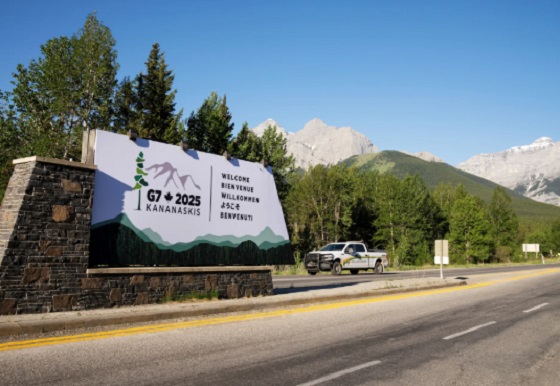

Energy security, resilience and affordability have long been protected by a continentally integrated energy sector.
The G7 summit in Kananaskis, Alberta, offers a key platform to reassert how North American energy cooperation has made the U.S. and Canada stronger, according to a joint statement from The Heritage Foundation, the foremost American conservative think tank, and MEI, a pan-Canadian research and educational policy organization.
“Energy cooperation between Canada, Mexico and the United States is vital for the Western World’s energy security,” says Diana Furchtgott-Roth, director of the Center for Energy, Climate and Environment and the Herbert and Joyce Morgan Fellow at the Heritage Foundation, and one of America’s most prominent energy experts. “Both President Trump and Prime Minister Carney share energy as a key priority for their respective administrations.
She added, “The G7 should embrace energy abundance by cooperating and committing to a rapid expansion of energy infrastructure. Members should commit to streamlined permitting, including a one-stop shop permitting and environmental review process, to unleash the capital investment necessary to make energy abundance a reality.”
North America’s energy industry is continentally integrated, benefitting from a blend of U.S. light crude oil and Mexican and Canadian heavy crude oil that keeps the continent’s refineries running smoothly.
Each day, Canada exports 2.8 million barrels of oil to the United States.
These get refined into gasoline, diesel and other higher value-added products that furnish the U.S. market with reliable and affordable energy, as well as exported to other countries, including some 780,000 barrels per day of finished products that get exported to Canada and 1.08 million barrels per day to Mexico.
A similar situation occurs with natural gas, where Canada ships 8.7 billion cubic feet of natural gas per day to the United States through a continental network of pipelines.
This gets consumed by U.S. households, as well as transformed into liquefied natural gas products, of which the United States exports 11.5 billion cubic feet per day, mostly from ports in Louisiana, Texas and Maryland.
“The abundance and complementarity of Canada and the United States’ energy resources have made both nations more prosperous and more secure in their supply,” says Daniel Dufort, president and CEO of the MEI. “Both countries stand to reduce dependence on Chinese and Russian energy by expanding their pipeline networks – the United States to the East and Canada to the West – to supply their European and Asian allies in an increasingly turbulent world.”
Under this scenario, Europe would buy more high-value light oil from the U.S., whose domestic needs would be back-stopped by lower-priced heavy oil imports from Canada, whereas Asia would consume more LNG from Canada, diminishing China and Russia’s economic and strategic leverage over it.
* * *
The MEI is an independent public policy think tank with offices in Montreal, Ottawa, and Calgary. Through its publications, media appearances, and advisory services to policymakers, the MEI stimulates public policy debate and reforms based on sound economics and entrepreneurship.
As the nation’s largest, most broadly supported conservative research and educational institution, The Heritage Foundation has been leading the American conservative movement since our founding in 1973. The Heritage Foundation reaches more than 10 million members, advocates, and concerned Americans every day with information on critical issues facing America.
-
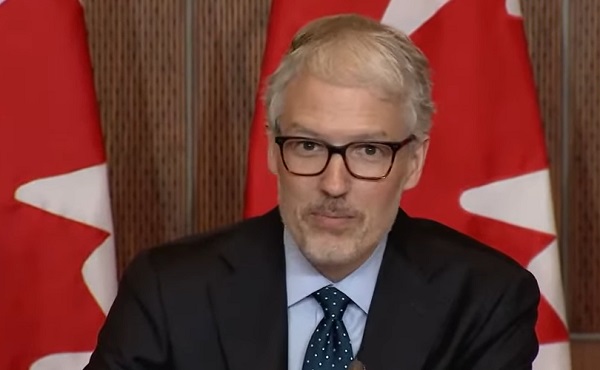
 Censorship Industrial Complex22 hours ago
Censorship Industrial Complex22 hours agoCanada’s privacy commissioner says he was not consulted on bill to ban dissidents from internet
-

 Alberta21 hours ago
Alberta21 hours agoEnbridge CEO says ‘there’s a good reason’ for Alberta to champion new oil pipeline
-
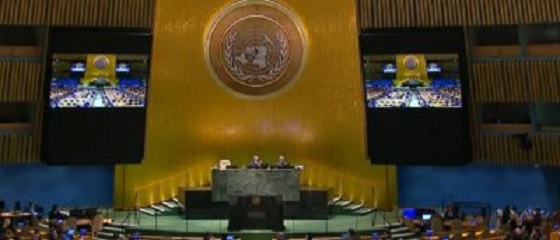
 Business21 hours ago
Business21 hours agoFormer Trump Advisor Says US Must Stop UN ‘Net Zero’ Climate Tax On American Ships
-
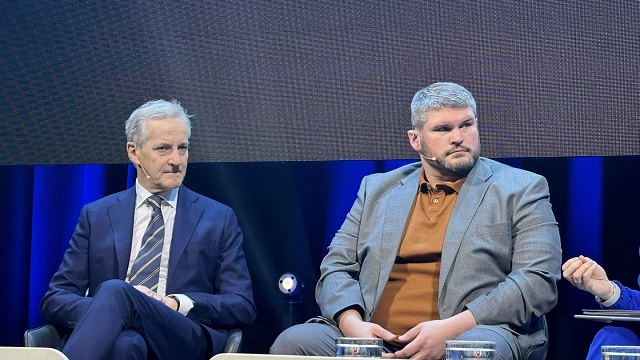
 Energy1 day ago
Energy1 day agoIndigenous Communities Support Pipelines, Why No One Talks About That
-
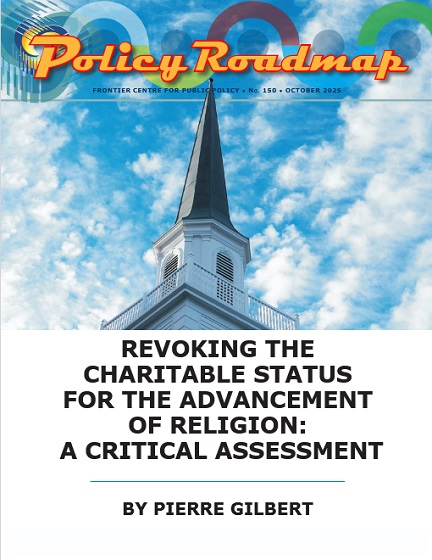
 Business1 day ago
Business1 day agoFinance Committee Recommendation To Revoke Charitable Status For Religion Short Sighted And Destructive
-
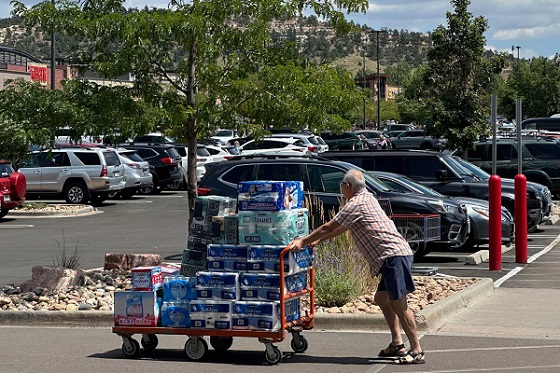
 Alberta1 day ago
Alberta1 day agoOil Sands are the Costco of world energy – dependable and you know exactly where to find it
-
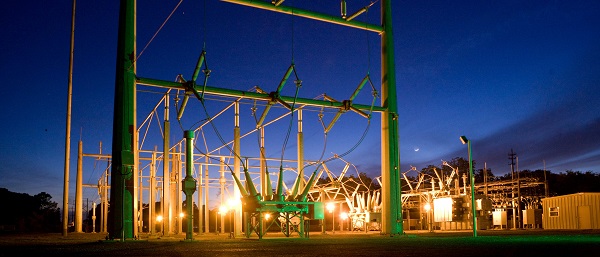
 Business2 days ago
Business2 days agoFinance Titans May Have Found Trojan Horse For ‘Climate Mandates’
-

 Health1 day ago
Health1 day agoColorado gave over 500 people assisted suicide drugs solely for eating disorders in 2024




